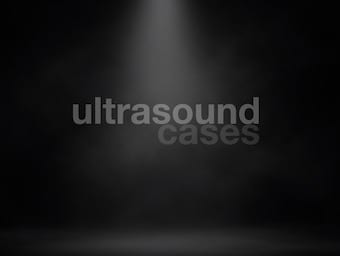
Haemoperfusion
Haemoperfusion: Renal replacement therapy (RRT) using an adsorbent cartridge to remove circulating toxins

Haemoperfusion: Renal replacement therapy (RRT) using an adsorbent cartridge to remove circulating toxins

Extracorporeal Elimination recommended for the following intoxications: methotrexate, procanamide, lithium, metformin, ethanol, methanol, ethylene glycol, salicylates, theophylline, sodium valproate.

The role for digestive tract decontamination depends on: severity of poisoning; time from ingestion; risk of intervention

Question You are the Intensivist looking after a 30-year-old male, with no significant past medical history, who has been in the Intensive Care Unit for eight days with severe community acquired pneumonia and septic shock. Although there are no overt…

A 60-year old male with no significant past medical history has been treated in your ICU for 21 days for severe staphylococcal sepsis and multi-organ failure, for which he is receiving linezolid.

You are called to assist with a 12-year-old child, brought in to the Emergency Department unconscious, following near drowning at a local beach. Outline your immediate management.

Monoamine Oxidase Inhibitor (MAOI) Toxicity produces a hyperadrenergic syndrome from inability to inactivate noradrenaline; may contribute to serotonin toxidrome

Retrospective studies are designed to analyse pre-existing data, and are subject to numerous biases as a result. Types of retrospective studies include: case series; retrospective cohort studies; case-control studies

Ever wondered where to start on Twitter? How to become an 'expert' at MedTwitter? Josh Mugele lends a helping hand with the Mugele MedTwitter rules of engagement

A 26 year old woman describes sudden severe left iliac fossa pain late in the evening prior to presentation. On the morning of presentation she complained of bilateral shoulder tip pain and had a presyncopal episode on standing up. She is not pregnant.

OVERVIEW The Teaching Course was held in Copenhagen in June 2017 (see the website here: ) and in Melbourne in August 2017 This page contains resources for the sessions I taught in ‘The Sim Course’ (Copenhagen) and ‘The Learning Course’ (…

Leukotriene Receptor Antagonists example is Montelukast